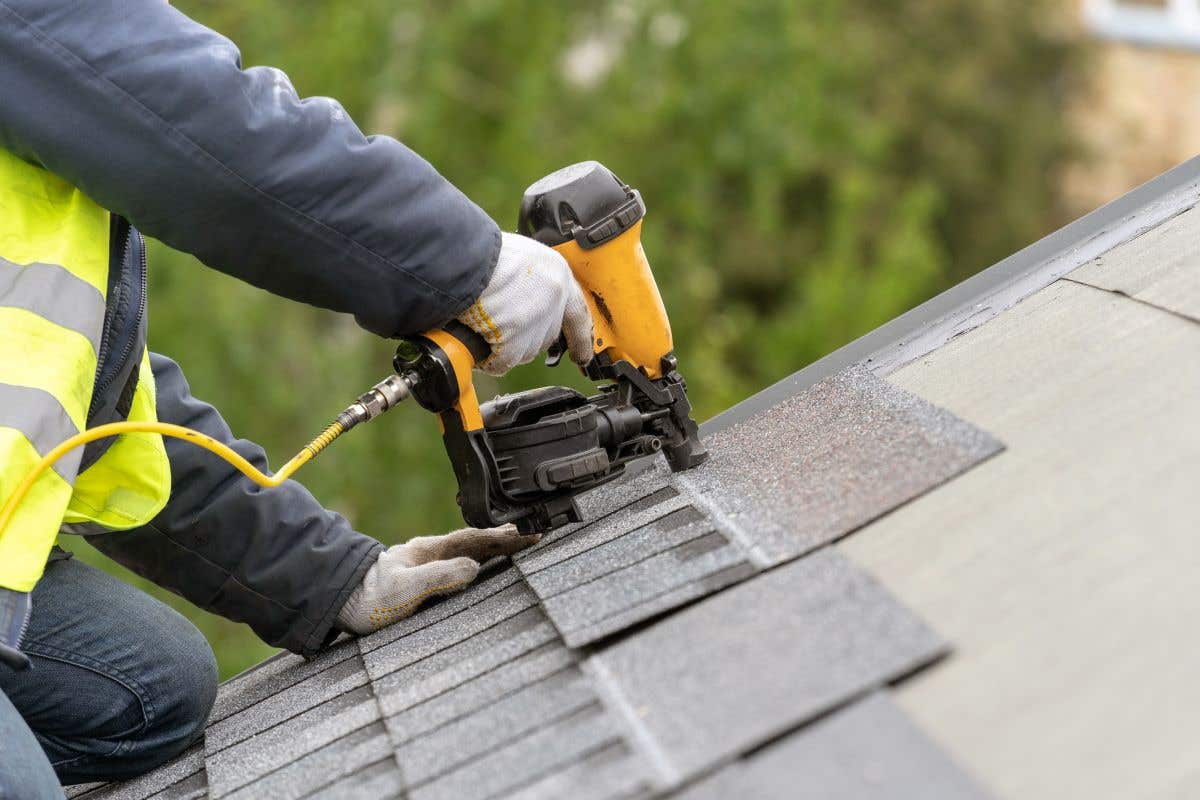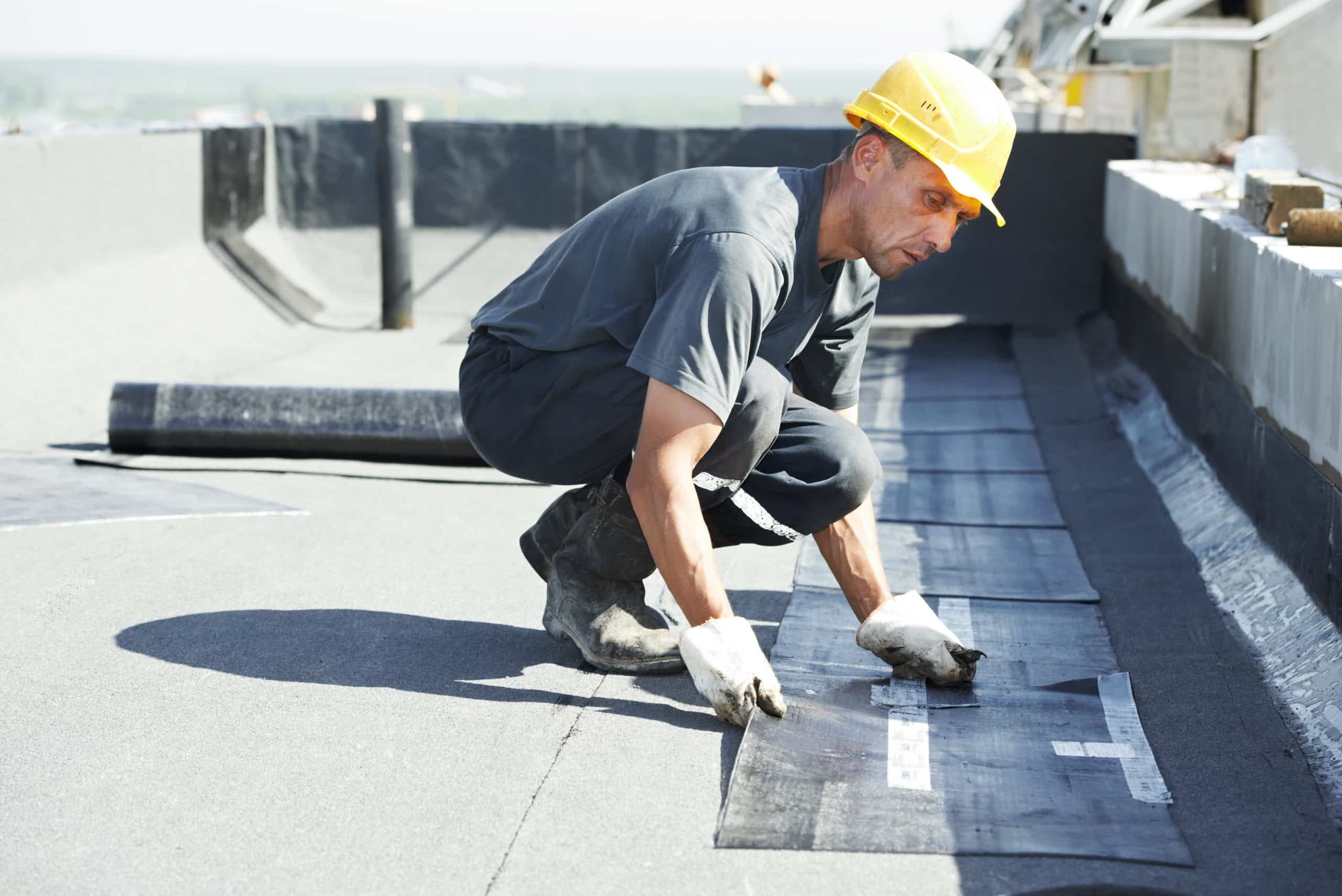Exploring the Numerous Kinds Of Roofings: Which One Is Ideal for Your Home?
When thinking about the myriad kinds of roofs readily available, it is critical to assess how each choice straightens with your home's one-of-a-kind needs, including climate problems, aesthetic preferences, and architectural performance. From the timeless gable roof covering that successfully channels rainwater to the contemporary level roof covering offering metropolitan adaptability, each style offers distinct advantages and difficulties.
Gable Roofs
Gable roofings, identified by their triangular form and sloping sides, are a preferred choice among property owners seeking both visual allure and capability. This roof design effectively allows for reliable water drainage, decreasing the threat of water pooling and subsequent damages. Additionally, the high inclines produce sufficient attic space, which can be used for storage and even transformed right into living areas.
One of the main benefits of gable roofs is their capacity to stand up to severe weather. The layout assists in reducing wind resistance, making them specifically ideal for areas susceptible to storms. In addition, saddleback roofs can be constructed making use of a variety of materials, consisting of roof shingles, tiles, and steel, offering homeowners with adaptability in layout and spending plan.
From a building perspective, gable roof coverings can boost the visual allure of a home, supplying a classic and timeless appearance. Overall, gable roofing systems stay a popular option due to their balance of practicality and style, appealing to a large variety of homeowners.
Flat Roofs
While usually ignored for more typical roof covering designs, flat roof coverings offer special advantages that satisfy certain architectural needs and contemporary layout choices. These roofs are identified by their minimal pitch, permitting efficient use of area, specifically in city settings where making best use of square video footage is vital.
One significant benefit of level roofing systems is their convenience. They can be made use of as additional home, such as roof yards, outdoor patios, or solar panel setups, enhancing the performance of a home. In addition, flat roofs are generally easier and much safer to navigate throughout maintenance, promoting repair services and inspections without the difficulties positioned by steep slopes.
Flat roofing systems can also be a lot more cost-efficient in regards to materials and setup. With a simpler design, they usually need less resources, equating right into lower labor costs. Nevertheless, it's vital to consider drainage and waterproofing, as level roofings can be susceptible to merging water otherwise adequately designed.

Hip Roofings
Hip roofings stand out for their stylish style and architectural stability, making them a prominent selection among homeowners. Characterized by inclines on all 4 sides, hip roofings provide a well-balanced aesthetic that matches different building styles - roof repair oahu. The in proportion nature of these roofings aids to distribute weight equally, boosting security and durability
Among the crucial advantages of hip roofs is their capacity to hold up against extreme climate condition. The sloped surface areas promote effective water drainage and snow overflow, lowering the threat of leaks and structural damage. Furthermore, the layout minimizes wind resistance, making hip roof coverings much less vulnerable to wind uplift compared to various other roof kinds.


Dropped Roofs
Dropped roof coverings, unlike the complexity of hip roofings, offer a structured and minimalist style that charms to modern appearances. Characterized by a solitary sloping surface area, shed roofings are often utilized in contemporary style, garden sheds, and various other functional structures. This simpleness not just improves visual charm why not look here yet also enables for effective water drainage, making them appropriate for different environments.
One of the primary benefits of shed roof coverings is their cost-effectiveness. With less products called for and an uncomplicated installation procedure, house owners can conserve both time and money. The design additionally allows the incorporation of huge home windows or skylights, promoting natural light and developing roomy interiors.
However, it is vital to take into consideration the possible disadvantages, including minimal insulation alternatives and the demand for mindful style to prevent extreme heat accumulation. Additionally, shed roofings may not mix perfectly with traditional style, which might be a worry for some home owners.
Inevitably, lost roofs offer a sensible and elegant roof covering solution for those looking for modernity and effectiveness. When selecting a roof kind, examining personal functional needs and visual preferences will lead house owners to the most effective selection for their unique needs.
Mansard Roof Coverings
Mansard roofs, characterized by their distinctive four-sided layout, are a characteristic of French architecture that integrates beauty with capability. This building style includes 2 slopes on each side, with the reduced slope being steeper than the upper one. The distinct arrangement permits for added space in the upper levels, making it an excellent choice for home owners seeking to make the most of useful area without broadening the structure's impact.
One of the substantial advantages of a mansard roof is its versatility. It can be adapted to various building designs, from typical to contemporary, boosting the visual allure of any home. In addition, the enough area developed under the roof covering can quickly fit dormer home windows, which enable natural light and air flow, additional enhancing the comfort of the living location.
Nevertheless, potential home owners need to consider the upkeep demands associated with mansard roofs. The high slopes can lead to increased wear from weather condition exposure, demanding routine maintenances. Furthermore, installation prices may be greater compared to less complex roofing designs because of the intricacy of building. Eventually, a mansard roofing system can be an exceptional selection for those prioritizing style and area.
Final Thought
Each roof covering design offers unique advantages, such as the efficiency web link of gable roof coverings, the modern-day allure of shed roofings, and the stability of hip roofing systems. Level roofings supply functionality for urban atmospheres, while mansard roofings provide additional living space regardless of greater installation prices.
From the timeless gable roofing that effectively channels rain to the modern flat roof covering offering urban flexibility, each design provides distinctive benefits and obstacles (roof repair oahu). see this website In addition, the style lessens wind resistance, making hip roofs less prone to wind uplift compared to other roof covering types
Shed roofs, in contrast to the complexity of hip roofings, use a structured and minimal style that allures to contemporary visual appeals. Each roof covering style provides distinct benefits, such as the efficiency of gable roofs, the contemporary appeal of shed roof coverings, and the security of hip roof coverings. Flat roofs supply usefulness for urban atmospheres, while mansard roofings supply additional living room despite greater installment costs.